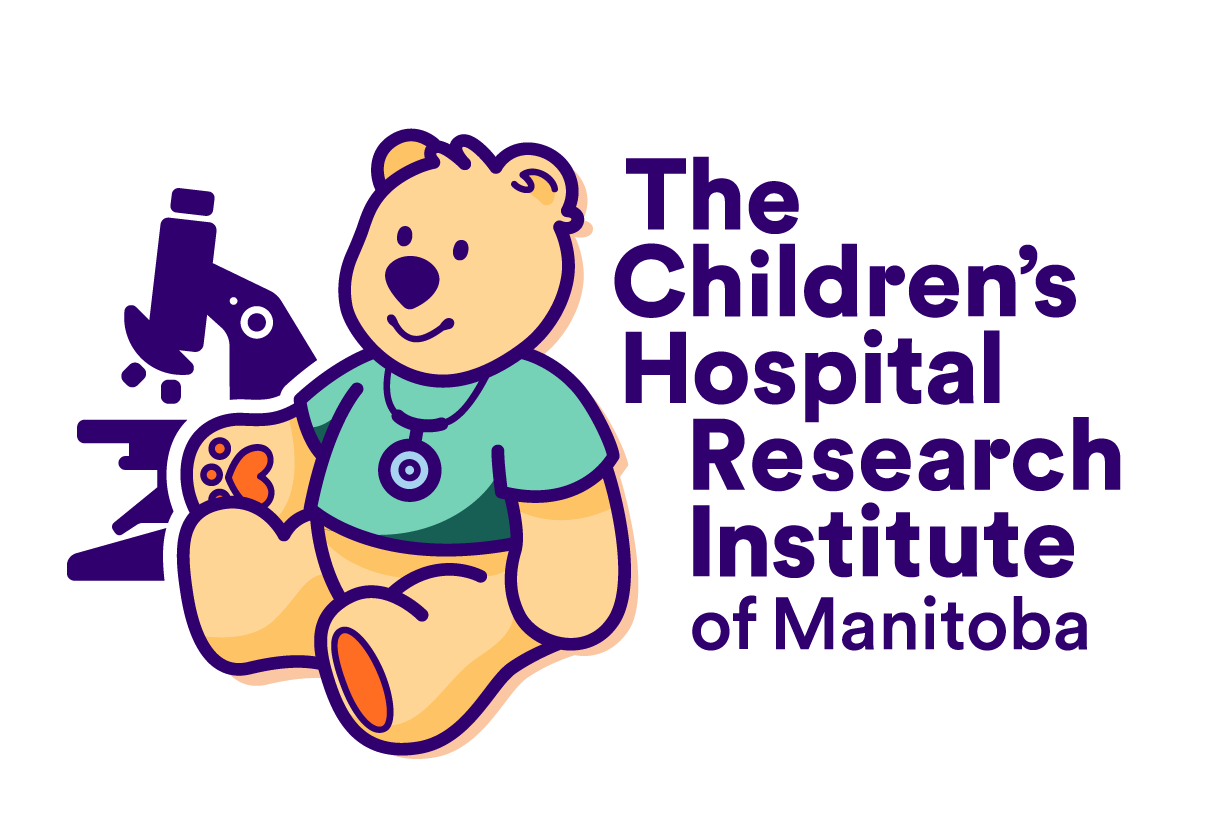For babies diagnosed with congenital diaphragmatic hernia, a comprehensive new guideline in CMAJ (Canadian Medical Association Journal) http://bit.ly/2rqLPLe aims to provide guidance to physicians in diagnosing and managing the condition from the time a diagnosis is made during pregnancy through the teen years.
Congenital diaphragmatic hernia is a “hole” in the diaphragm muscle through which the intestines can move into the chest, thereby causing serious problems including death. Improvements in neonatal care have improved survival rates of these babies from 50% to 80% in the last 30 years, but survivors can experience significant long-term health issues that affect feeding, growth and brain development as well as the lungs, heart and thoracic cage.
The lack of clinical best practice on management of this complex condition leads to significant variability in care across Canada. The guideline was created to provide standardized management through three phases: prenatal, postnatal and childhood/teen stages of life. The condition requires the expertise of a variety of specialists in addition to primary care physicians.
Drs. Richard Keijzer and Shyamala Dakshinamurti, clinician-scientists at the Children’s Hospital Research Institute of Manitoba and associate professors in the Max Rady College of Medicine, Rady Faculty of Health Sciences at the University of Manitoba, are members of the project team (the Canadian Congenital Diaphragmatic Hernia Collaborative) that developed the guideline. Both doctors also hold clinical roles at Health Sciences Centre Winnipeg as a pediatric surgeon and neonatologist respectively, where they interact with and treat Congenital Diaphragmatic Hernia patients directly.
“My laboratory and clinical research focuses on congenital diaphragmatic hernia, so I was very excited to be part of an opportunity to improve the outcomes for children living with this condition across Canada,” said Dr. Keijzer.
Dr. Dakshinamurti notes that, “due to the complexity of congenital diaphragmatic hernia and the severity of the complications affecting survivors, it is important for clinicians to have access to an in-depth, evidence-based Canadian guideline when caring for these patients. This was not available until now.”
The authors consulted existing recommendations before creating their own, and the new Canadian guidelines are more thorough than the guidelines from Europe. The new guidelines also cover all aspects of care for congenital diaphragmatic hernia rather than specific lung problems, which recent guidelines from the American Heart Association/American Thoracic Society focus on.
A key recommendation from the Canadian guidelines is long-term observation and management.
“Long-term disability surveillance is essential, especially in high-risk patients, and should be managed by interdisciplinary teams of primary care physicians, pediatricians, pediatric subspecialists, pediatric surgeons and other allied health professionals,” the authors conclude.
